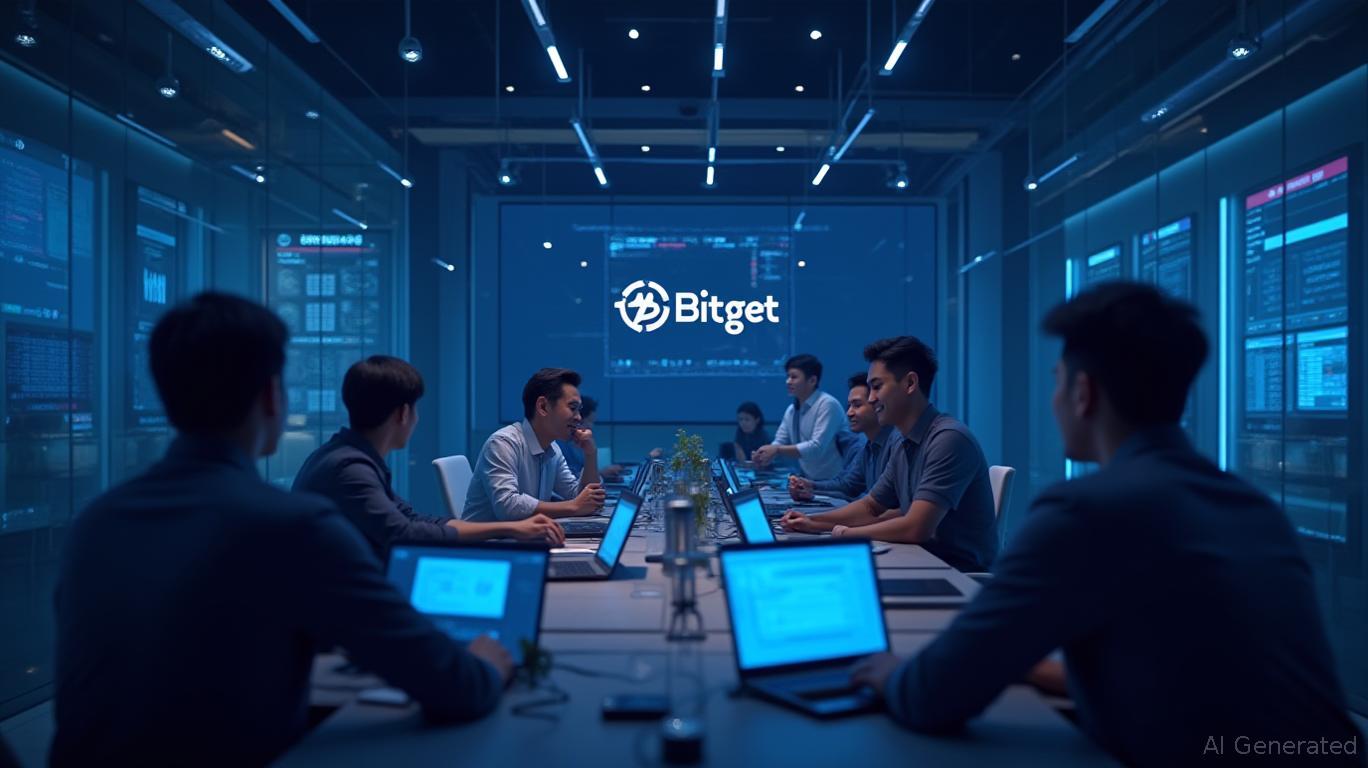AInvest Newsletter
Daily stocks & crypto headlines, free to your inbox
China Hong Kong has implemented an invitation-based stablecoin licensing regime, effective from August 1, 2025. This new system, overseen by the Hong Kong Monetary Authority (HKMA), is designed to regulate fiat-referenced stablecoins, with a particular focus on those pegged to the Hong Kong dollar (HKD). The licensing process will be invitation-only, limiting market entry to financially robust institutions that demonstrate compliance with regulatory standards. This approach marks a shift from open applications to a more controlled issuance process, ensuring that only reputable entities can issue stablecoins within or outside China Hong Kong.
The HKMA's decision to adopt an invitation-based system follows preliminary discussions with potential issuers and aligns with recent regulatory advancements in virtual assets. The new regime aims to foster innovation while mitigating risks associated with stablecoins, such as market manipulation and financial instability. By requiring a license, the HKMA seeks to enhance the trust and transparency of tokenization in the financial sector, attracting more reputable players to the stablecoin market and boosting investor confidence.
The institutional participation may see a shift due to new barriers to entry, potentially favoring large, robust firms. This approach might attract increased institutional funding while limiting broader market access. Fiat-referenced stablecoins, especially those linked to the HKD, are a primary focus. Stipulations state that any issuer of fiat-referenced stablecoins, particularly those pegged to the Hong Kong dollar, whether inside or outside China Hong Kong, must hold a license from HKMA. This regulation aligns with previous trends observed in similar markets. Future projections suggest a potential shift in total value locked (TVL) towards licensed stablecoins post-regulation launch. The move is indicative of heightened market consolidation, an increase in institutional trust, and evolving regulatory landscapes in global markets.
The new licensing regime is part of a broader effort to integrate digital assets into the traditional financial system, ensuring that they are subject to the same regulatory oversight as other financial instruments. This move is expected to have far-reaching implications for the
industry, setting a precedent for other regions looking to regulate stablecoins and providing a framework that balances innovation with risk management. The HKMA's approach is expected to inspire similar regulatory measures in other jurisdictions, contributing to the global standardization of stablecoin regulations.The introduction of the stablecoin licensing regime is likely to enhance the credibility of digital assets in China Hong Kong, attract more reputable players to the stablecoin market, and set a precedent for other regions looking to regulate stablecoins. By ensuring that stablecoin issuers are subject to rigorous regulatory standards, the HKMA aims to create a more stable and predictable environment for digital asset investments. This, in turn, is likely to attract more institutional investors to the stablecoin market, further driving its growth and development.

Quickly understand the history and background of various well-known coins

Nov.05 2025

Nov.05 2025

Nov.05 2025

Nov.05 2025

Nov.05 2025
Daily stocks & crypto headlines, free to your inbox
What are the long-term implications of the AI bubble for the tech industry?
What are the potential risks of investing in Palantir?
How might the decline in Bitcoin affect tech stocks?
Is now a good time to buy AMD?
Comments
No comments yet